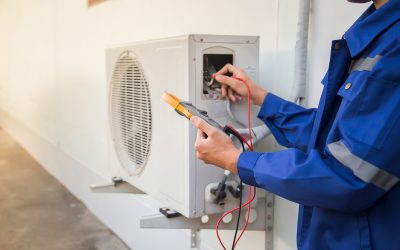Homes making use of forced-air heating and cooling systems need to consider the insulation level of their duct work. These ducts move air throughout the home, yet up to 30 percent of this air is lost due to holes in the duct work, leaks or ducts that aren’t properly connected. As a result, the home owner pays more in energy bills and often finds it challenging to maintain a comfortable temperature in the home. Insulating the ducts helps to prevent this air loss.
When energy bills climb higher, it may be a result of ducts that are no longer performing at optimum level. Certain rooms may be hard to heat or cool, and some rooms may never reach a comfortable temperature. Ducts in many homes are located in areas of the home that aren’t insulated or lack the necessary insulation level. This includes crawlspaces, attics and garages. Once ducts are properly sealed, these problems are eliminated. How should a home owner go about sealing ducts?
Most ducts are hidden in ceilings, walls, attics, crawlspace and basements, and this can make it difficult to adequately insulate them. For those who wish to take this job on without professional assistance, metal tape and mastic sealant may be used for this task. The goal is to insulate every duct that is easily accessible, yet duct tape should never be used. It doesn’t last long, meaning the job must be completed frequently. In addition, any connections at registers and ducts need to be sealed wherever they meet the walls, ceiling or floors. Often, home owners find they have one or more disconnected ducts. In the event a home owner doesn’t want to take this task on, many professionals will do the work at a reasonable price.
Burgeson’s Heating and Air Conditioning, Inc. (Burgesons.com) offers advice on the level of insulation needed for ducts in the home. For example, ducts located in an unconditioned attic in a warm climate home need a minimum of R-4 insulation and ducts in an unconditioned crawlspace or basement need anywhere from no insulation to R-4 insulation. In contrast, ducts found in an unconditioned basement or crawlspace in a cold climate home require a minimum of R-2 insulation and ducts in an unconditioned attic need a minimum of R-6 insulation. Speak to this provider today to learn how insulating ducts will be of benefit and how they can assist you in this task.
Connect with us with on Google+!

